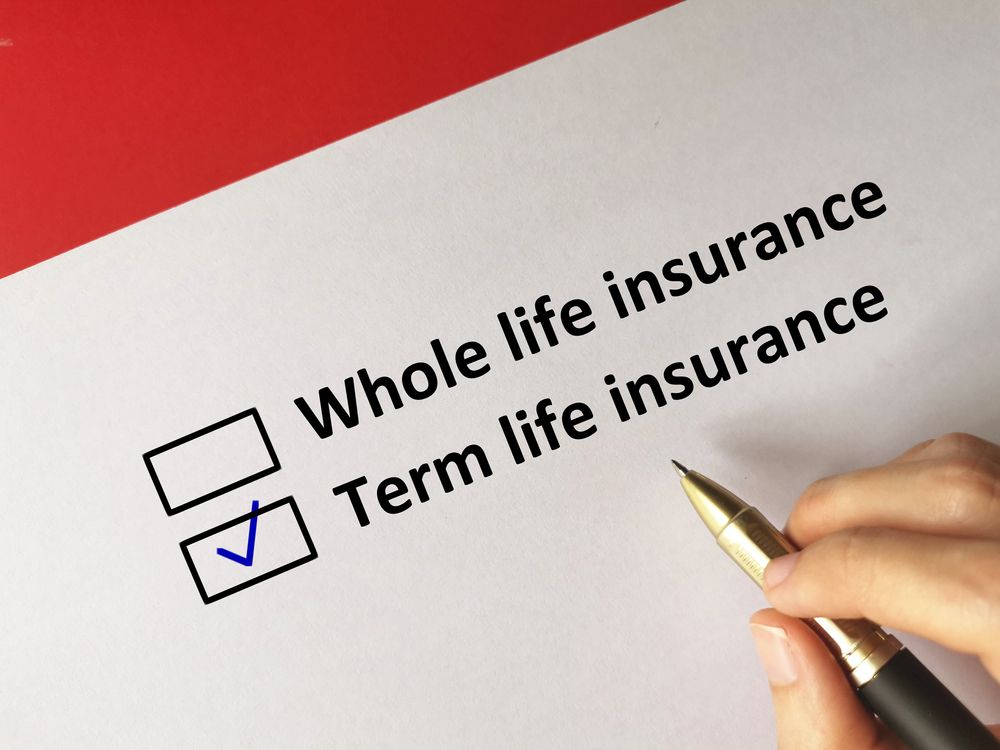What Is Term Life Insurance and How It Works

Term life insurance is a straightforward, affordable way to ensure your family's financial security. Here’s a concise guide to understanding how it works and why it might be the right choice for you.
Understanding Term Life Insurance
Term life insurance provides coverage for a specific period, typically between 10 and 30 years. If the insured person passes away during the term, the policy pays out a death benefit to the beneficiaries. Unlike permanent life insurance, term policies do not have a cash value component.
Key Features
- Fixed Premiums: Most term policies have level premiums, meaning the cost remains the same throughout the term (the exception is the Annual Renewable Term life insurance).
- Death Benefit: The policy pays a predetermined amount to the beneficiaries if the insured dies during the term.
- No Cash Value: Term policies are pure insurance and do not accumulate cash value over time.
Types of Term Life Insurance
- Level Term: Premiums remain consistent throughout the term.
- Annual Renewable Term: Coverage renews yearly with increasing premiums.
- Return of Premium: Refunds the premiums if you outlive the term, though at higher costs.
- Guaranteed Issue: Available without a medical exam but with higher premiums.
How to Choose the Right Term Length
Consider your financial obligations and the age of your dependents. Common advice is to choose a term long enough to cover significant financial milestones, such as paying off a mortgage or funding children's education.
Determining Coverage Amount
A good starting point to determine coverage includes the following:
- Debt and Mortgage: Ensure coverage for outstanding debts and mortgage.
- Income Replacement: Multiply your annual income by the number of years your family would need support.
- Education Costs: Factor in the cost of college education for your children.
Application Process
Applying for term life insurance typically involves:
- Filling out an application with personal and health information.
- Undergoing a medical exam to determine your health status and risk level.
- Choosing your policy's term length and coverage amount.
- Sign paper work and start your policy.
Advantages of Term Life Insurance vs Permanent Life Insurance
Advantages
- Affordability: Lower premiums compared to whole life insurance.
- Simplicity: Easy to understand and manage.
- Flexibility: Choose the term and coverage that fit your needs.
Disadvantages
- Expiration: No payout if you outlive the term.
- No Cash Value: Unlike whole life insurance, there’s no cash accumulation.
Wrap Up
Term life insurance is a practical choice for those seeking affordable, temporary coverage to protect their family's financial future. If you are looking to get term life insurance or life insurance in general, it's important to find a life insurance provider that is very knowledgeable about policies and rules so they can recommend the best structure for your needs. I personally got term life insurance shortly after we got a new home to make sure my family was protected in the case of an unexpected passing on my end. Although my term covers the length of the mortgage, as my financial situation changes, I plan to cancel early if I hit certain financial milestones earlier than expected but it's there to give me peace of mind.
